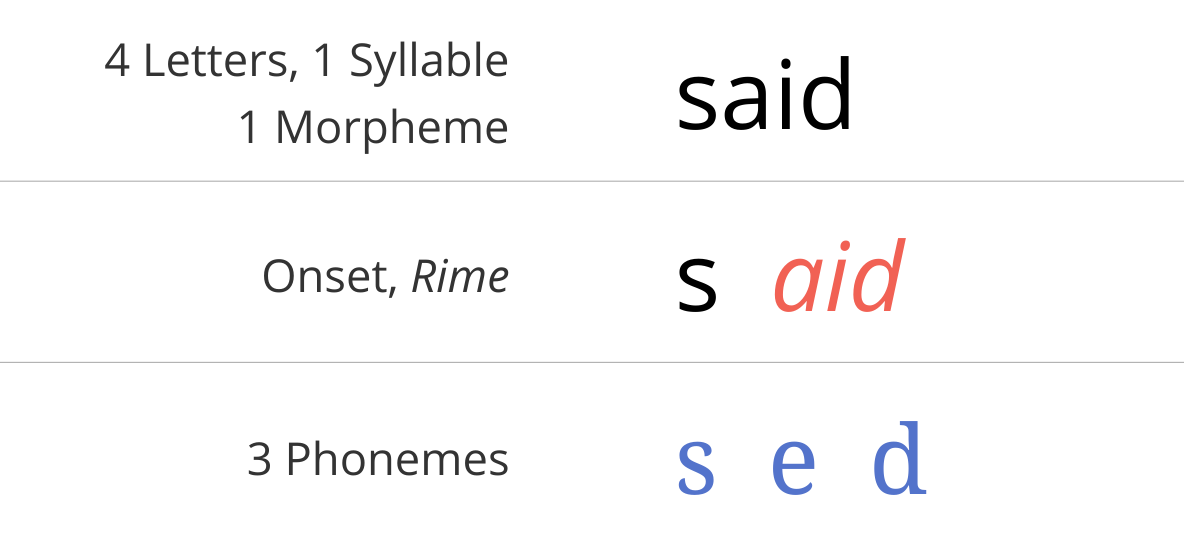a similar phenomenon exists in K-12 education—is helping to drive the “Make America Healthy Again” movement. Bigger government has benefited the health-industrial complex but not Americans.
One problem is that simply having insurance doesn’t change people’s behavior. It does, however, cause them to use more care. This is a particular problem in Medicaid, since beneficiaries often rush to the emergency room for nonemergencies because they don’t have deductibles or co-pays.
Another problem: The nearly 100 million Americans on Medicaid or tightly regulated and generously subsidized exchange plans struggle to find doctors to treat them. Physician access for Medicaid patients has long been limited owing to the program’s low reimbursement rates.
It has gotten worse since ObamaCare expanded eligibility, as states have tried to hold down Medicaid costs by reducing reimbursements. A 2019 study found that patients were only half as likely to get an appointment with a doctor compared with privately insured patients before the law passed. Post-ObamaCare, they were less than one-third as likely. Medicaid is insurance in name only.
Patients with exchange plans hardly fare better. Affordable Care Act plan networks include on average only 40% of local physicians and 21% of those employed by hospitals. Patients must pay significantly more out of pocket to see out-of-network doctors. If you find a doctor in network, there’s no guarantee he’ll continue to be. Insurers are narrowing coverage to keep down costs.
They are also hiking deductibles, which this year averaged $5,241 for a typical plan. That’s up from $2,425 in 2014. Although subsidies reduce how much people with ObamaCare plans pay toward their premiums, they are stuck paying out of pocket until they hit their deductible.

e = get, head
Dive into said